
AB InBev’s third quarter figures came in well below expectations today – illustrating the mounting challenge for global fmcg companies to sustain growth.
Analysts had predicted third quarter revenue growth of around 4-4.5%, but volume falls in the US, China and Russia bought revenue growth down to 2.3% at $11.7bn. EBITDA also undershot forecasts, rising just 1.3% to $4.6bn.
The brewer called the quarter a “one off”, citing wholesaler inventory cuts in the US, price increases in Brazil and sharply lower costs savings in Mexico.
But global beer volumes are on a declining trend – AB InBev’s beer volumes fell by 2.7% in the quarter and SABMiller announced a 3% third quarter volume fall two weeks ago.
Although AB InBev predicted volume improvements in the fourth quarter, analysts noted that continued weakness in the US beer market and the general economic downturn in Brazil will continue to have a negative impact on trading.
The global brewers have previously been supported by booming emerging markets sales as more developed markets have weakened, but now marked slowdowns in Brazil, China and Russia are asking tough questions of the industry concerning where their growth is going to come from.
The search for growth has previously manifested itself in two broad strategies – firstly, expanding into new markets and territories, and secondly, moving customers onto more premium products.
These strategies have both paid off for AB InBev which, via growth and acquisition, has built a dominant position in Latin America to go along with its North American strength. Premiumisation has also worked well, with its focus on premium Budweiser and super-premium Stella Artois driving improvements in its revenue per hectolitre (in the third quarter revenue per hl up 5% compared to the 2.3% overall revenue growth).
But both strategies are being impacted by a slowdown in emerging market economic growth and the mainstream brewers are feeling the heat at the premium end of the market from the rise of smaller craft breweries. For example, while the global brewers are struggling for growth, UK craft brewer BrewDog led The Grocer’s Fast 50 this week with a compound annual sales growth of 74.8%.
It is this stagnation of global growth that means many increasingly view the industry as ripe for consolidation and, in particularly, why the strength of SABMiller makes it a potentially neat strategic acquisition for AB InBev.
A multi-billion dollar swoop for SABMiller has been rumoured for some time, but looks no closer to materialising just yet.
Chief Financial Officer Felipe Dutra said today: “M&A remains part of our DNA, but given the brands we have, the market positions we have, we don’t feel any pressure for M&A transactions.”
SABMiller’s share price has been creeping up again in recent weeks – rising 10.8% since mid October and taking its year-to-date rise back to 13.5%.
But this gives SABMiller a market cap of around £57bn. Any AB InBev bid would have to provide a premium to this valuation, which already looks fairly punchy at a current P/E ratio of 26.5 times 2014 earnings.
Those terms might be a little too rich for the AB InBev board to play its hand just year, but with organic growth looking harder and harder to come buy it seems only a matter of time before a round of beer acquisitions kicks off in some form.





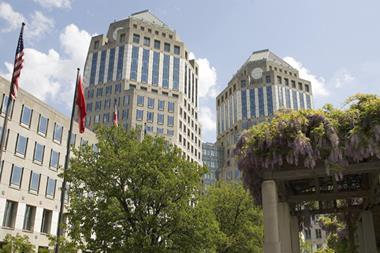




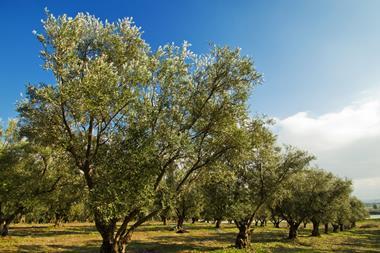
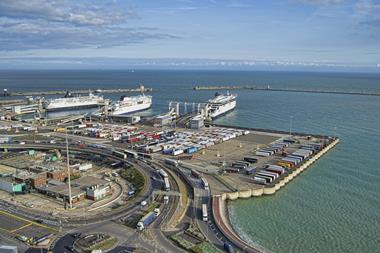
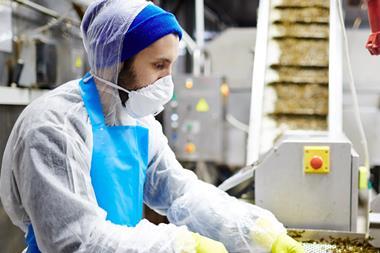

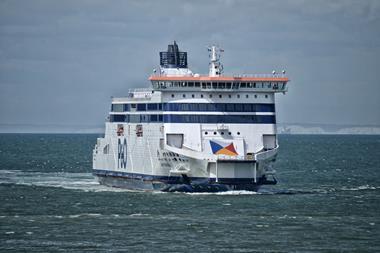
No comments yet